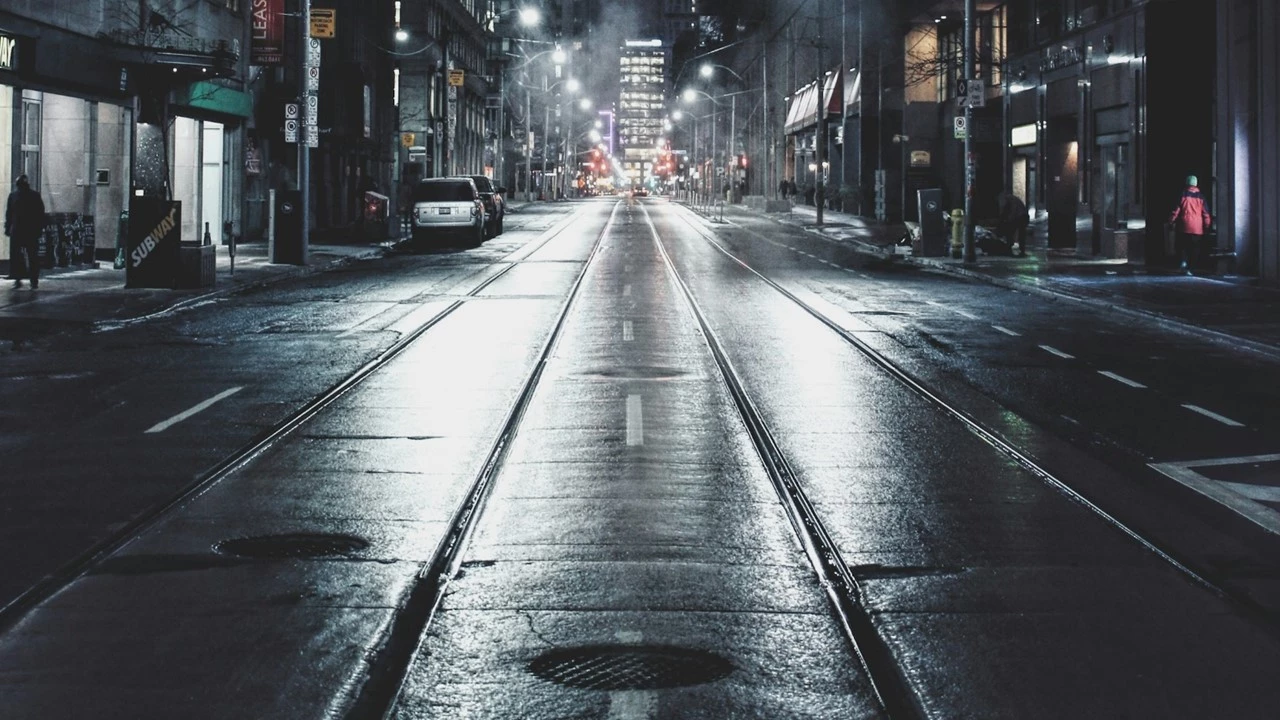
The Dark Side of Smart Cities: You’re Being Watched
Josh Shear – In an era where everything is becoming “smart” — from your wristwatch to your fridge — the very cities we live in are also transforming. Welcome to the world of smart cities: digitally connected urban environments that promise safety, sustainability, and seamless living. But behind the dazzling promise of innovation lies a chilling truth. While we marvel at automated traffic lights and Wi-Fi-enabled parks, the dark side of smart cities remains largely hidden — and it’s watching you.
Smart cities are built on a web of data, sensors, and surveillance technologies, all designed to optimize urban life. But what if that same network is quietly monitoring your every move? If you’re living in or near a smart city, the dark side of smart cities may already be invading your privacy in ways you never imagined.
At their core, smart cities use digital technology to enhance efficiency and quality of life. They rely on interconnected systems: smart traffic management, energy-efficient grids, and AI-driven municipal services. The sensors in these systems constantly collect data to make city life more manageable and sustainable. Sounds great, right? But behind every camera and sensor lies a silent observer — and the dark side of smart cities becomes apparent.
From streetlights that track motion to cameras powered by facial recognition, the push for efficiency often overlooks the individual’s right to privacy. The more these technologies develop, the more your personal data becomes the fuel that drives them. The dark side of smart cities is the uncomfortable reality that your data isn’t just helping; it’s exposing.
It started with convenience. City planners implemented cameras to reduce crime, sensors to monitor air quality, and smart kiosks to assist tourists. But over time, surveillance didn’t just support the system — it became the system. Now, everything from your license plate to your facial expressions can be captured, cataloged, and stored without your consent. Welcome to the dark side of smart cities, where the eyes on the street are not just figurative.
Think about it: when you walk through a smart district, your phone connects to local networks, your car’s GPS pings location towers, and AI algorithms analyze your behavior. These technologies rarely ask for permission. Instead, they operate silently in the background, making the dark side of smart cities both invisible and unstoppable.
You might think you’re protected because you “agreed” to terms and conditions. But when was the last time you actually read them? Most people unknowingly consent to data collection simply by walking into a smart zone. If you’re using city-sponsored Wi-Fi or public transit cards, you’re part of the system now. The dark side of smart cities thrives on passive consent — silence is taken as approval.
Smart city infrastructure is rarely transparent about how data is used, stored, or shared. Without rigorous oversight, it’s almost impossible to know who has access to your personal information. That means private tech companies, foreign governments, and even local law enforcement might be part of the dark side of smart cities — all operating under the banner of “public service.”
Here’s where things get even murkier. Many smart cities are powered not by local governments, but by private tech firms. These companies provide the infrastructure, maintain the systems, and — most crucially — control the data. When corporate interests blend with civic services, accountability disappears. The dark side of smart cities lies in the quiet deals made behind closed doors.
You may never know which corporation is tracking your route to work, analyzing your recycling habits, or profiling your online behavior while connected to a city network. The line between public service and corporate surveillance has been blurred — and the dark side of smart cities grows darker each day.
Proponents argue that surveillance makes cities safer. Crime rates drop, response times improve, and services become more efficient. But at what cost? As systems become more advanced, there’s a danger of creating urban environments where residents are treated more like data points than human beings. The dark side of smart cities is not just about surveillance — it’s about control.
When every movement is tracked and every action recorded, freedom itself is at stake. It’s no longer just about what you do — it’s about what algorithms think you might do. Predictive policing, automated suspicion scores, and behavior-based alerts are all part of the dark side of smart cities, where your future could be judged before it even happens.
Reclaiming privacy in a smart city isn’t easy — but it’s not impossible. Citizens must demand transparency, push for privacy laws, and hold both corporations and governments accountable. Without a collective effort, the dark side of smart cities will continue to grow in the shadows.
Technology isn’t inherently evil — but without oversight, even the best innovations can become tools of oppression. The time to question smart city surveillance isn’t five years from now — it’s today. If we don’t take control of our data, someone else will. And in the world of smart cities, the dark side of smart cities always comes with a cost.
Living in a smart city means your every click, movement, and interaction could be monitored. It means your private life might no longer be private. As these cities become more widespread, everyone — not just urban dwellers — should care about how these technologies are used. Understanding the dark side of smart cities is the first step toward protecting your freedom.
We can still have innovation without invasion, progress without paranoia. But we must stay informed, stay vocal, and stay aware. Because in the race for smart solutions, we can’t afford to lose our humanity to the dark side of smart cities.
This website uses cookies.